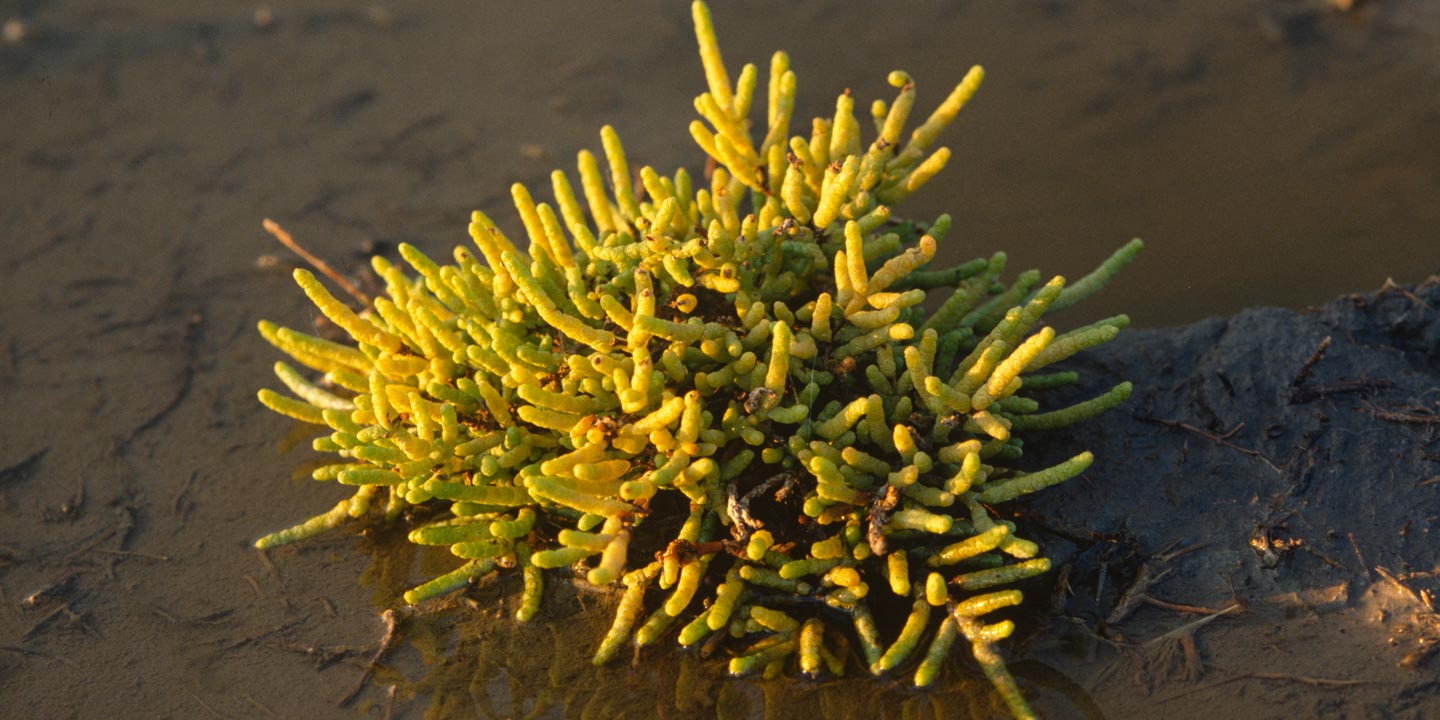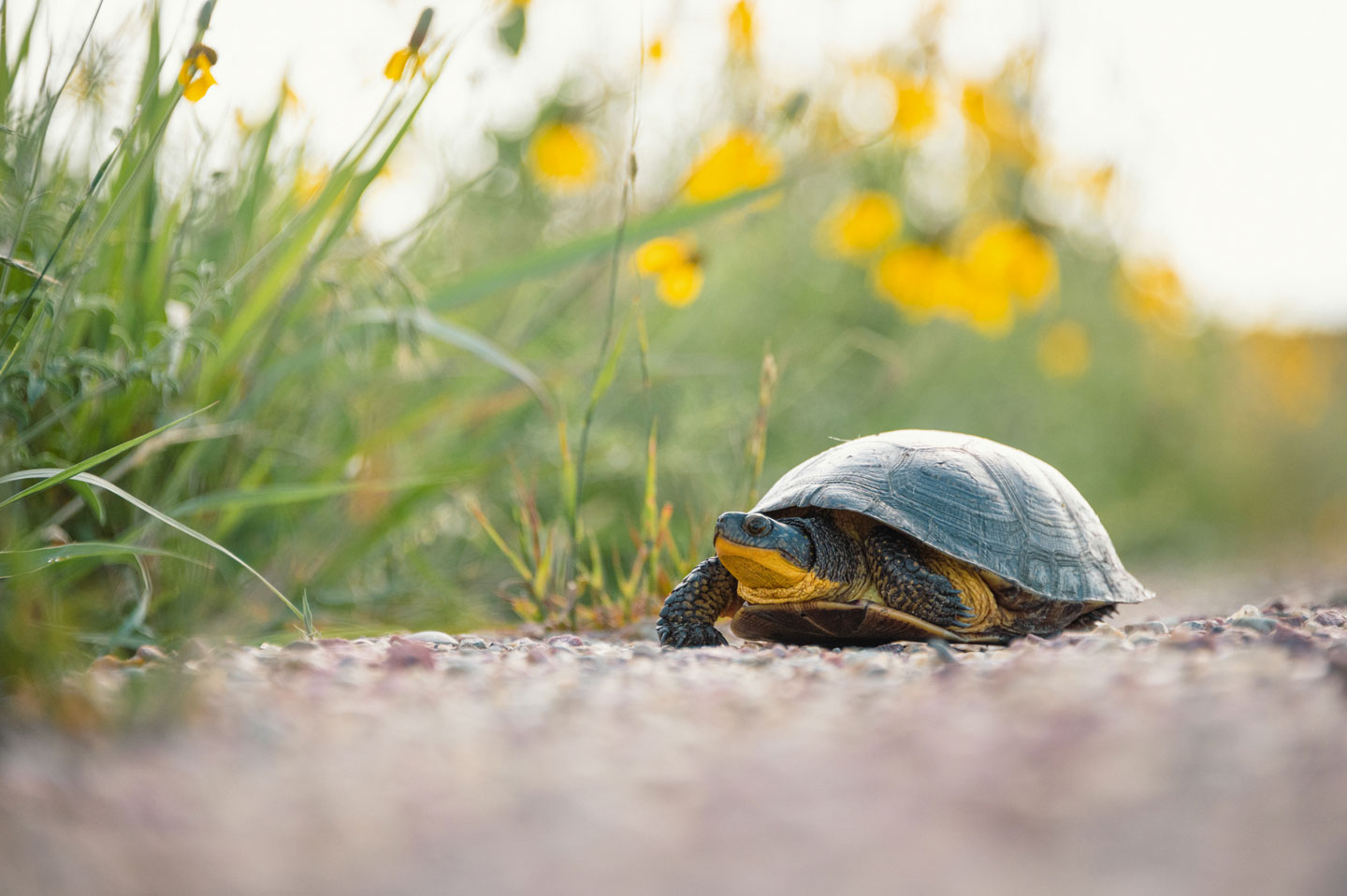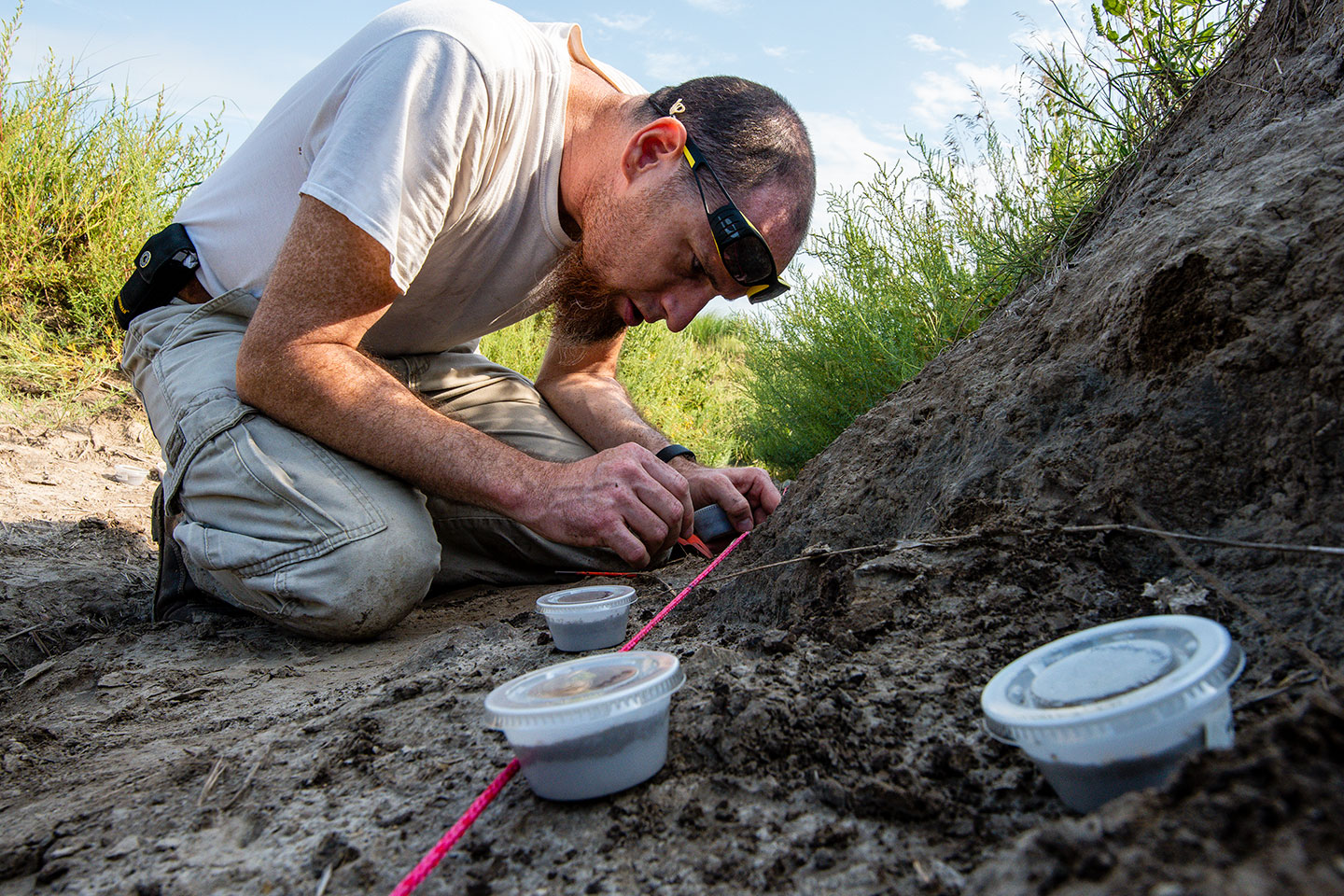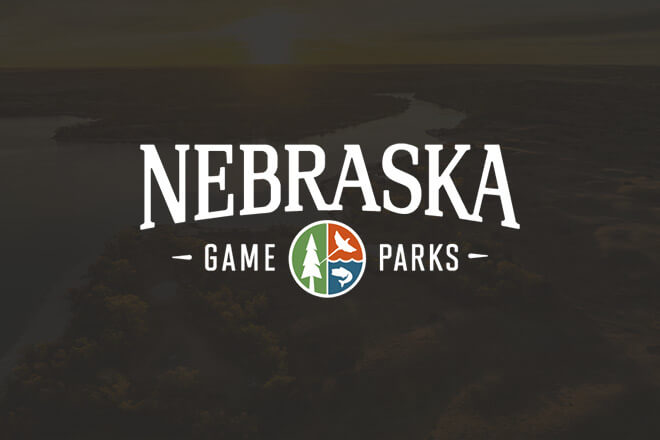Saltwort
Status: Endangered

Saltwort (Salicornia rubra), also known as glasswort or red glasswort, is a tap-rooted annual with a low-growing fleshy, succulent stem that reaches only 3-4 inches in height. In summer, the round stems are green, but fade to red as the plant dries and withers in the fall. Although saltwort appears leafless, closer inspection reveals small, scaly, opposite leaves that lay flat against the stems. It also has small, green, and inconspicuous flowers.
Saltwort is one of the few plants that can grow in the middle of salt flats. The succulent leaves on this plant help it retain, or hold water, even in the very alkaline soils of the saline wetlands. Saltwort also has a taproot, which is a large straight root that grows straight down into the ground. This enables the plant to reach water and nutrients far below the soil’s surface.
As an annual plant, saltwort lives only a single year. It relies on seed replanting to repeat its annual life cycle. Saltwort’s adaptation to highly alkaline soils, where few plants grow, allows it to avoid competing with perennial plants.
Under optimum growing conditions saltwort forms dense colonies. However, when growing conditions are poor such as during a prolonged drought, saltwort assumes a small size and plants are more widely spaced.
Saltwort may also be found growing with seablite (Suaedacalceoliformis) and salt grass (Distichlisspicata) but often, saltwort is the only species growing on the highly saline salt flats.
Range
Saltwort is found over much of the western United States and Canada from British Columbia east to Manitoba. It ranges south to California and Nebraska. Saltwort has occasionally been found growing at one location in central Kansas, but Lancaster County, Nebraska is considered the southernmost permanent extant of the species’ range. In Nebraska it is known to exist only in Saunders and Lancaster counties within in the Rock Creek and Salt Creek watersheds.
Habitat
Having very specific habitat requirements, saltwort is found within a narrow range of the saline wetlands. This plant generally grows in heavy, clay soils with a salinity levels of 2.5-4.7 percent. The water table is generally within 3 feet of the surface, and standing water may be present but generally only in spring. The high salinity of the soil and the poor drainage inhibit other plants from growing in this habitat.
Reproduction
Saltwort blooms in mid-summer and has miniature green flowers. The plant produces thousands of seeds which replant themselves annually. The plant will not immediately reseed itself if a prolonged drought occurs. Seeds can lie dormant for years in the soil, until suitable water conditions return and the seeds can once again germinate.
At maturity, saltwort’s stem will turn a ruby red color. Fruiting spikes occur in the upper joints and form slender cylinders that turn red at maturity. There are three flowers in a triangular shape at each joint of the fruity spike. Flowers are inconspicuous and enclosed within the hollow of the fleshy stem.
Population status
Habitat destruction and degradation are the major threats to saltwort. Since settlement, more than 90 percent of Nebraska’s saline wetlands have been destroyed or highly degraded through drainage or filling for agricultural, commercial, and residential development. Increased freshwater run-off into the wetlands from the developments decreases salinity levels in these habitats, allowing non-salt-tolerant plants to invade. Saltwort requires highly saline soils and cannot survive in freshwater wetlands or with competition with freshwater plants.
Although saltwort is not listed as a federally threatened or endangered species, it is listed as a Nebraska endangered species.
Management and outlook
Eastern Saline Wetlands are considered critically imperiled in Nebraska. Wetland inventories have proved to be extremely valuable in knowing the extent of the saline wetlands in Nebraska and where the species can be found within them. Continued inventories add to our knowledge and help provide for proper management.
Much work has been done by numerous groups to protect remaining saline wetlands in Lancaster and Saunders counties. The Saline Wetlands Conservation Partnership – a partnership between the City of Lincoln, Lancaster County, Lower Platte South Natural Resources District, the Nature Conservancy, and the Nebraska Game & Parks Commission – is viewed as a critical piece in conserving Nebraska’s saline wetlands. The Partnership provides education, land acquisition, and management for many remaining tracts of saline wetlands.
Conservation help
Care should be taken to avoid further destruction of saline wetlands. Wetland owners are encouraged to practice better management including grazing at the proper times and avoiding freshwater run-off and pollution from entering the wetlands. Developments already existing in the area should avoid allowing excessive run-off and/or pollution to enter the wetlands.
Control of invasive species in saline wetlands is also a conservation priority. Additionally, education provides people of all ages a sound background in the importance of saline wetlands and saltwort.
References
Panella, M. 2012. Nebraska’s At-Risk Species Wildlife. pp. 146-147. Nebraska Game and Parks Commission.
Farrar, J. 1991. Nebraska’s Salt Marshes. Nebraskaland Magazine, pp. 1-23.
Aquatic and Wetland Vascular Plants of the Northern Great Plains. 2006. Northern Prairies Wildlife Research Center, USGS.
Gilbert, M. and R. Stutheit. 1994. Resource Categorization of Nebraska’s Eastern Saline Wetlands. Nebraska Game and Parks Commission.
LaGrange, Ted. 2005. Guide to Nebraska’s Wetlands and their Conservation Needs. Nebraska Game and Parks Commission.




